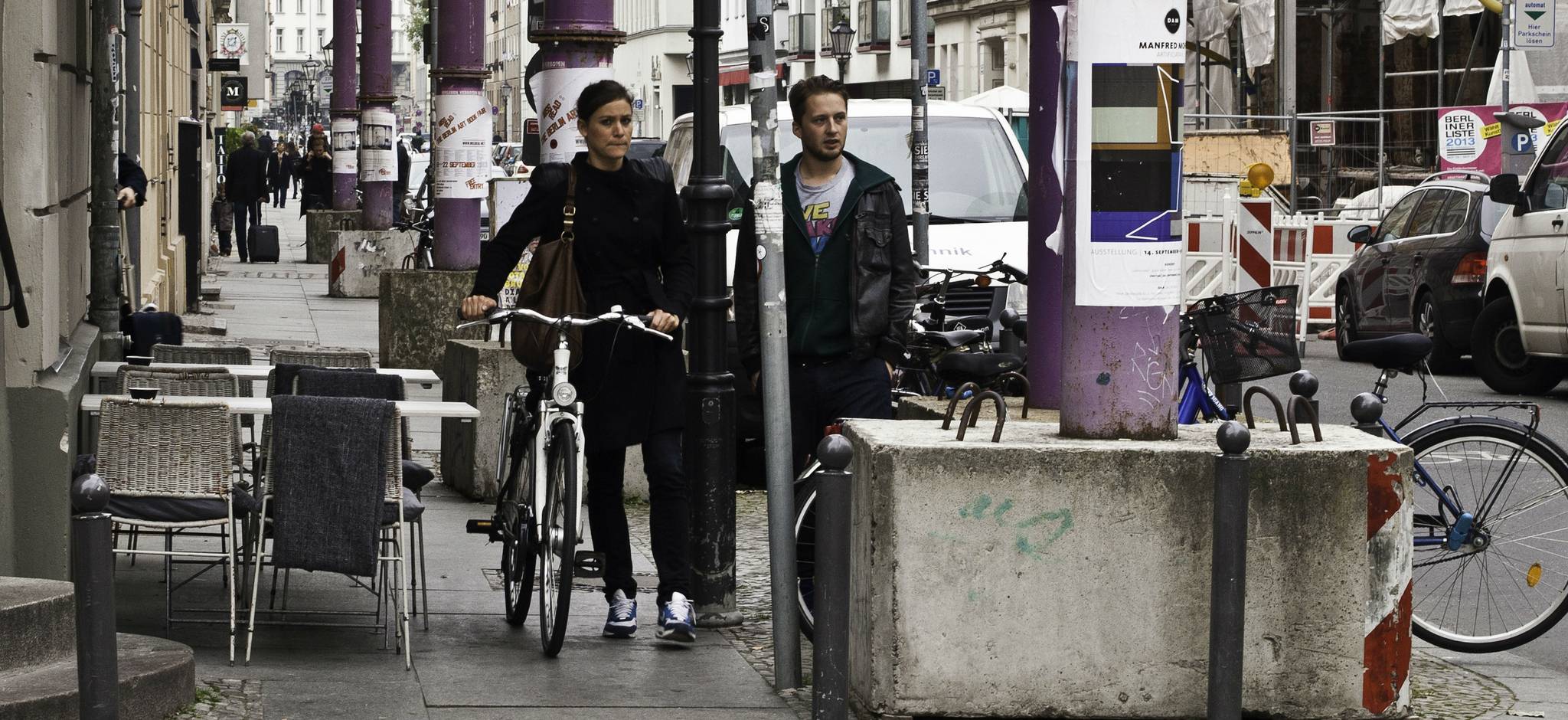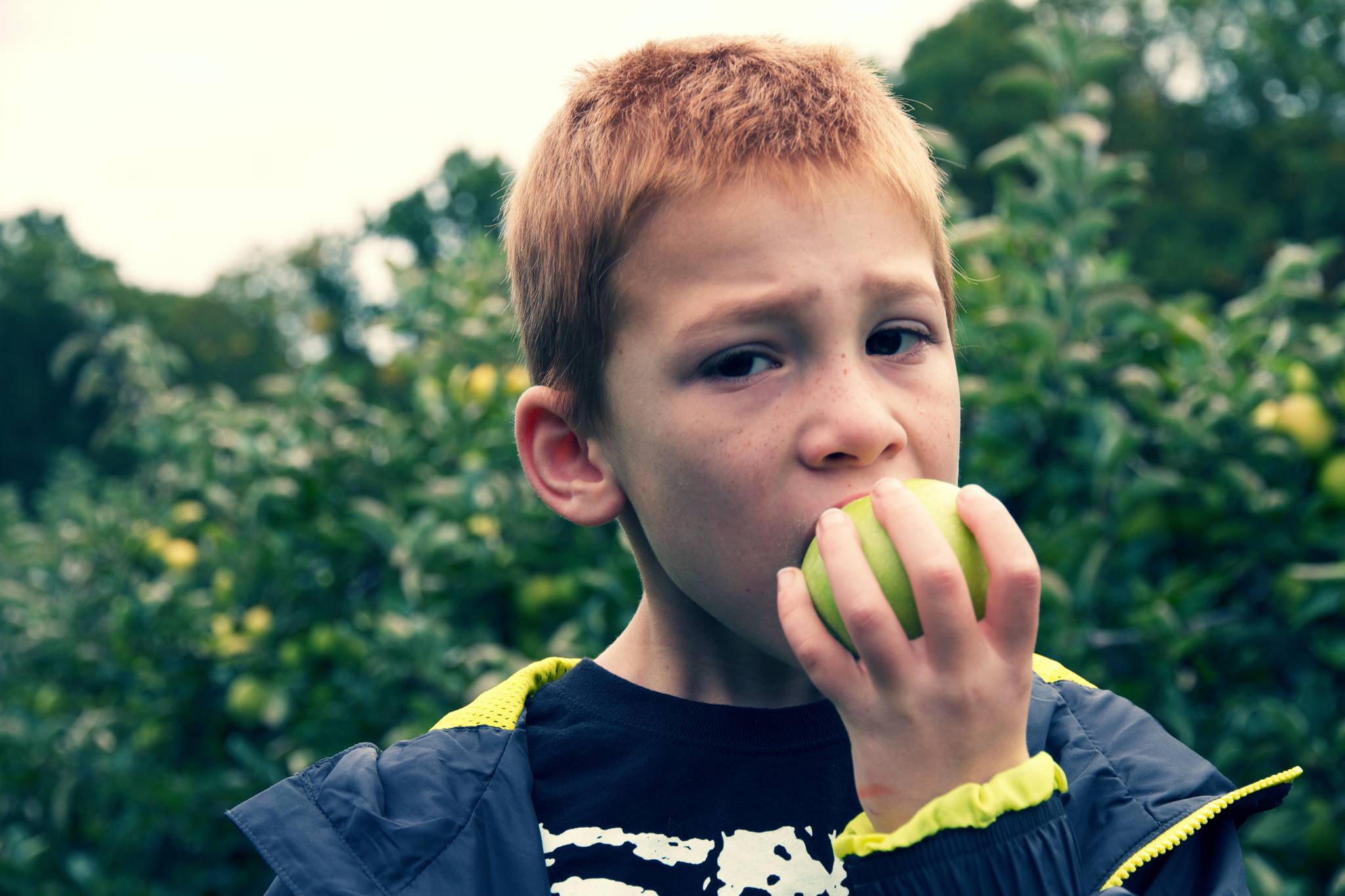
People generally like things that are pretty, whether it’s a shining Pink Lady apple or fancy fine china. But while brands invest a lot of time and money into making products look better, can products that look too good affect how we use them? Canvas8 sat down with Freeman Wu, a doctoral candidate in marketing at Arizona State University and co-author of ‘It’s Too Pretty to Use! When and How Enhanced Product Aesthetics Discourage Usage and Lower Consumption Enjoyment’ to explore the science behind why people don’t always enjoy using aesthetically-pleasing items.
“My laptop is a sleek Samsung Ultrabook, but for the months after I bought it, I didn't want to use it – it was just too pretty to use,” explains Wu. “It’s the same when you buy a new sofa; you don't want to sit on it for fear of getting it dirty.” But this behaviour is irrational; we buy products for our own usage or consumption. So why are people refraining from using this highly aesthetic products? Wu and his co-researchers set out to understand this phenomenon.

They ran a number of different studies that investigated how much products were used in relation to how aesthetically pleasing they were. One experiment involved stocking a local fitness studio bathrooms with both plain white toilet paper and decorative toilet paper on consecutive weeks. The research found that people used over twice as many rolls of the plain paper than the decorative – or more aesthetically pleasing – toilet paper. Wu found that people, often – and unconsciously – appreciate the symbolic effort that goes into making these products. “In the context of these non-durable products, consumption, by definition, entails ruining product design... consumption means destroying the effort that symbolically went into making the product, and people don’t want to destroy something they naturally appreciate.”
People appreciate the effort others put into making beautiful products – it’s an extension on the well-documented phenomena that people value products more if they’ve made them, known as the IKEA Effect. Wu also explains that because people value the beauty of these products, consuming them can elicit negative emotions since the product is now ‘ruined’. “We found the aesthetics of the product had these insidious consequences that carried over to affect their consumption experience, including their emotions.”

While refraining from using decorative toilet paper might make people feel better, it can be a problem for brands. “If shoppers buy [pretty products] and don't use them, or use them very slowly, companies should be aware of that – especially brands that want to encourage repeat purchases.” Not to mention research has found people also expect these prettier products to be functionally superior so with lofty expectations, prettier products could actually be a hinderance to product sales and even harmful to the environment; Wu noted that when Starbucks moved to stock eco-friendly unbleached paper napkins, people actually took more of them because they were less aesthetically pleasing and deemed less valuable.
But it’s not all bad news. SoSo Factory’s Insta-friendly gourmet salt pods are so aesthetically appealing and collectable, that they could be inadvertently encouraging people to eat less salt; people won’t want to use the salt dispensers and alter how they look after they’ve been meticulously arranged and lined up on the spice rack. And the growing appreciation for imperfection has brought ugly fruit and veg into the spotlight – Asda has sold over 120,000 boxes of it’s wonky veg in the last year alone, while and ‘wabi-sabi’ inspired products (those that highlight ‘imperfect’ craftsmanship) are flying off the shelves in France. If brands want to position their product as something to be collected, or admired, creating something that looks just too good to spoil by using it is the way to do, but for brands that rely on repeat purchases, perhaps they should make sure that their products are just shy of perfect to encourage people to continue using them.
Hannah Elderfield is a psychology graduate from the University of Kent and a behavioural analyst at Canvas8, which specialises in behavioural insights and consumer research. Outside of work, she can be found shopping, walking her dog or attempting to curb her addiction to Nutella, not all at once of course.



